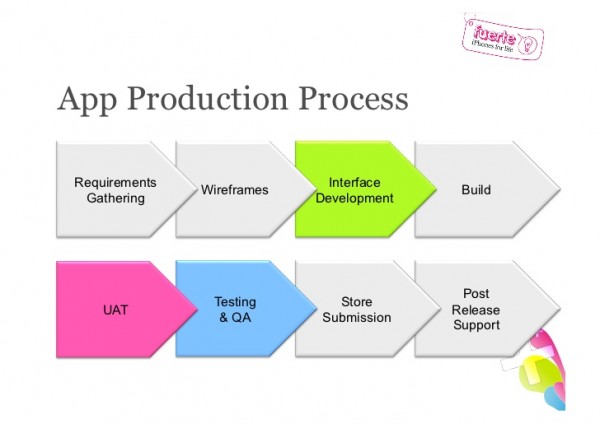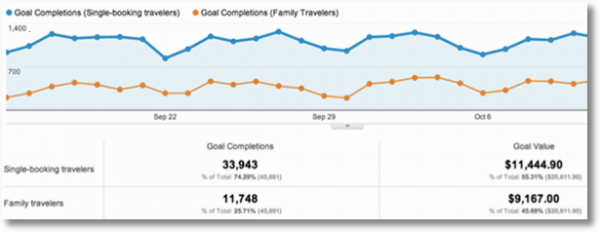The growing popularity and demand for portable devices has lead into a sudden increase in the urge for having innovative and fully-functional mobile applications. In the current digital age where buyers are on a constant hunt for the most handing options, mobile apps can serve as the right tools for making faster and accurate purchases. Therefore, despite the kind of business you own, building a perfect custom mobile app is a sure-shot technique of outperforming your competition in the best possible way. This is a post which will make you familiar with the several steps that pave your way towards creation of an absolutely brilliant mobile app. So, let’s get straight to these easy-to-follow steps.
Step 1- Get hold on a specific idea or problem that would form the basis of your mobile app
The very first step in building a mobile application is to get hold of a good app idea. As an entrepreneur, you must ensure that your app is able to solve a commonly encountered problem of your customers. Whether it’s about making a purchase or getting in touch with your representatives, it is a mobile app which will make things simpler for your consumers.
Step 2- Validate your app idea

You can opt for Google Keyword Planner tool to check out the number of people who are actually seeking out the same thing that you’re planning to deliver via your app. It is a good idea to build a landing page wherein you can highlight the app idea and make users signup via their email address.
Step 3- Jot down the basic features and flow of the app that you’re planning to build

After receiving a positive response via validation of the app idea, it’s time to detail the product/service onto a document. Here, you can opt for wireframing the app development project as to include vital details about how the user would navigate within the app and explore its features to the fullest.
Step 4- Eliminate the non-core features that aren’t required as a whole
Now that you’ve documented the flow and features of your mobile app, it’s time to have a look at the features that you can remove without affecting the overall functionality of the application. Make sure your app includes just the features that are capable of adding value to your app idea. You can always opt for adding new features as an update at a later point of time. Doing this will also aid you in keeping the app’s initial development cost as low as possible.
Step 5- Choose to outsource the app design process or design one on your own

Well, when it comes to designing the mobile app, you can either choose to outsource the task or opt for designing the same using readily available frameworks. Ensure that during the app design process, special emphasis is being put on the visual looks as well as the user experience that would be rendered by the application. Ensure that the app you design can be conveniently integrated with all major operating systems like Android, iOS and the Windows platform. Moreover, as compared to cross-platform native design, the hybrid and web designs are easy to develop and come with multiple tools that can be used for designing mobile apps that can run on several platforms.
Step 6- Don’t forget to integrate analytics

Ensure that your app has been integrated with perfect app analytics tools like Flurry, Localytics etc. It is with the help of these tools that it would become convenient for you to track user engagement, downloads and overall retention for your mobile application.
Step 7- Include the right back-end services for your mobile application
Back-end services such as identity management, push notifications, cloud storage and database integrations must be included within the mobile application. This is necessary for assuring a delighted user experience.
Step 8- Register an account with leading app stores
As per this step, you’re required to register an account with the app stores to which you’ll be serving your app. Since account approval might take time, it is recommended to create one well during the app development stage itself.
Step 9- Don’t forget to test the application

After having designed the app, it’s time to test it. You must check the smooth operation of all graphics, texts etc. which have been included within the app. You may opt for getting your app tested by real users who can then provide their feedback and suggestions which would help you in improvising the app for maximum user attention.
Conclusion
So, those were the simple steps that will serve as a handy guideline for building a unique and feature-loaded mobile application. Follow them and build your very own mobile app that will please one and all.
Author Bio:
Juana Steves is a professional android application developer for Xicom Technologies – a renowned android app development company. You can get her assistance, to explore more about Mobile app development services and its leverages. Join her on Twitter to get the latest updates.












Add Comment